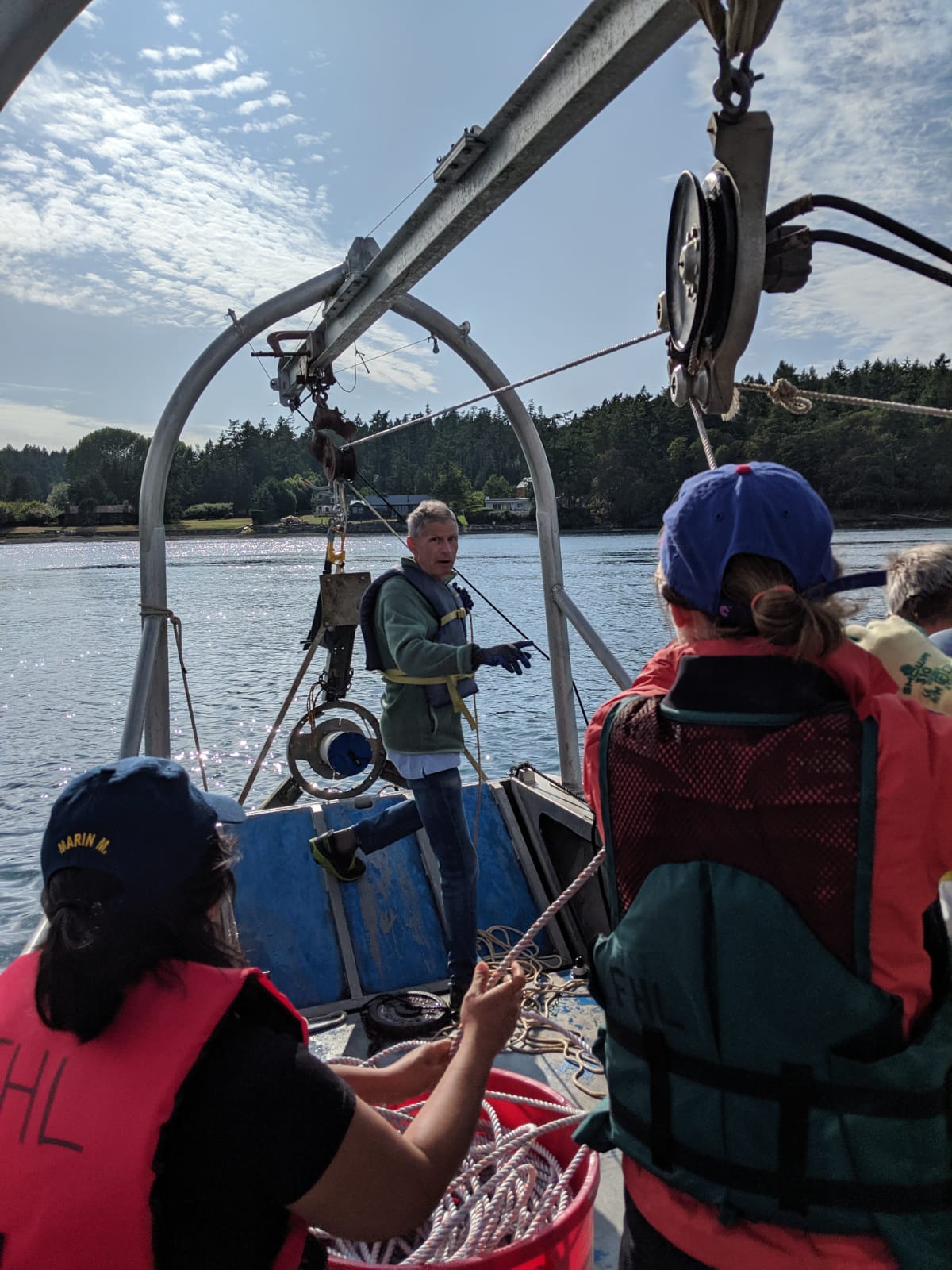teaching
I had the opportunity to TA for three very different courses covering a range of teaching situations during my graduate studies at the University of Washington. I highlight responsibilities I had beyond grading and holding office hours.
OCEAN 200: Introduction to Oceanography
Ocean 200 was a lecture hall class designed for undergraduate science majors with over one hundred students enrolled. The course covered ocean chemistry, biology, physics, and geology. I taught a biweekly quiz section and helped design coursework. This course used evidence-based techniques for keeping a large class engaged, i.e. the PollEverywhere tool.

OCEAN 320: Coastal Oceanography
Ocean 320 was an upper-level undergraduate course for oceanography majors that covered coastal physical oceanography and sediment dynamics. The course covered shallow water waves, seafloor stresses, estuarine circulation, and coastal geology. As a TA, I helped develop coursework and laboratory assignments and gave two guest lectures on estuarine exchange flow. A highlight was being able to use a scale model of Puget Sound to teach concepts of estuarine exchange flow and residence time.

OCEAN 529: Coastal and Estuarine Fluid Dynamics at Friday Harbor Laboratories
Ocean 529 was a unique graduate-level summer course for students across the country who were doing PhD research on coastal and estuarine dynamics. The course covered the shallow water wave equations, salinity diffusion, canyons, nearshore dynamics, and more. During the five-week class, we lived at the University of Washington’s Friday Harbor Laboratories on San Juan Island. I was responsible for the logistics of transporting equipment from Seattle to San Juan Island for the field work component of the class, and I helped plan and execute field work with one of the research teams. This included getting a Washington State Boater Education license and piloting a small boat.